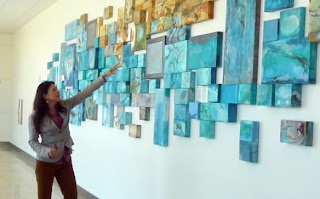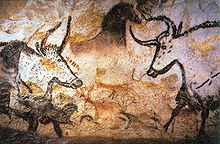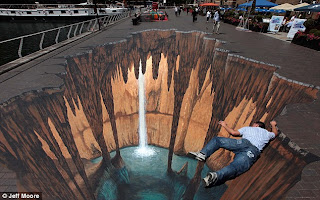Archaeologist Miguel Perez Negrete, from the INAH center in Guerrero, detailed that the Mezcala figurine is complete, and its finding is relevant because of the few discoveries that have been made of these kinds of pieces, only twelve have been found in the region during this decade. These sculptures are schematic and small, made with stone.
The Mezcala culture is one of the civilizations that has been developing along the Balsas River, even toward the limits of the state of Guerrero, which has been identified primarily because of its architectonic style and anthropomorphic figurines.
“The one found in recent days, is a human representation in limestone, 8 centimeters [3.14 inches] tall, and like others that have been found, the gender of the figurine cannot be distinguished. Something noticeable is that it doesn’t have slanted eyes, but round, like dots. Along the figurine they also found White Grainy ceramic which is very sandy. This type of material was used in the Epiclassic period (700 AD)”, explained the archaeologist.
These figurines are hard to find; during the 80’s they found seven pieces located in Xalitla, and during the years 2005 and 2007 they discovered another four in Mezcala and Atzcala. This means to say, they had eleven figurines archaeologically registered in this part of Guerrero, and with this last one in Oxtotenco, there are now 12.
The specialist indicated that the discovery was made during the maintenance repairs of a road in a plateau called Oxtotenco, outside the community of Atzcala, where INAH effectuated the archaeological rescue of these vestiges.
“The most surprising thing was that as we excavated, we found Olmec ceramic, whose antiquity is estimated to date back to the year 1000 and 1200 before our era, meaning this ceramic is more than 3,000 years old. This indicates the cave had two occupations, a prehistoric one and one corresponding to the Mezcala tradition, about 1300 years ago.”
“This finding also reveals that during the Epiclassic the cave was associated with the occupation of traditional Mezcala groups in Oxtotenco”, added the archaeologist Miguel Perez Negrete.
Source: Art Daily
Source: Art Daily




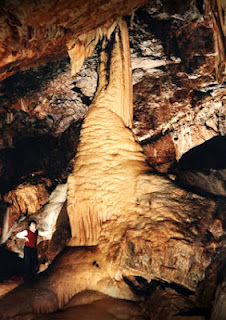

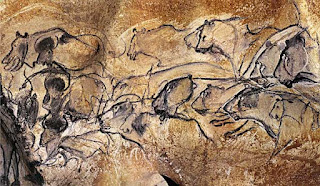

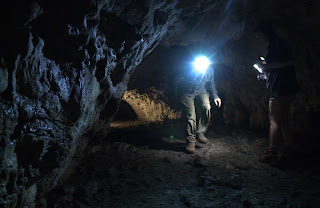

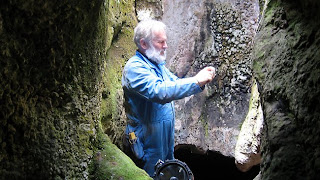
.jpg)

